The Movement
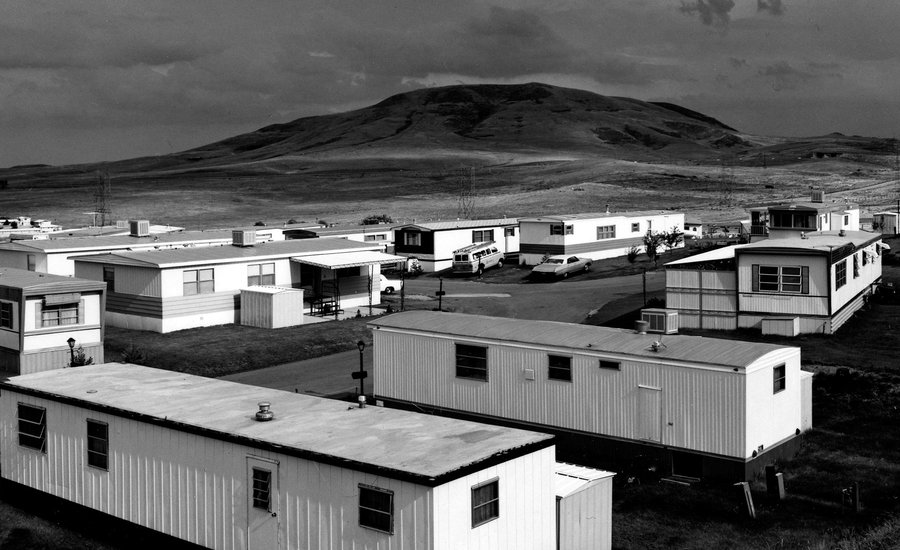
The New Topographics was a photographic movement that emerged in the 1970s, characterized by a shift away from romanticised landscapes and toward a focus on the everyday man-altered environment. Instead of capturing untouched natural beauty, these photographers documented suburban developments, industrial sites, highways and other spaces transformed by human activity. A defining feature of the New Topographics movement was its deadpan aesthetic, an objective and detached approach to photography. The images often lacked dramatic lighting, high contrast or grand compositions and instead favoured a restrained and minimalistic presentation. These photographers deliberately avoided artistic embellishment, capturing their subjects with an almost scientific precision. They chose to depict the mundane and functional such as industrial warehouses, parking lots, suburban housing tracts and anonymous urban sprawl. The New Topographics was largely a reaction against traditional and romanticised landscape photography, particularly the heroic wilderness images of photographers like Ansel Adams and Edward Weston. These earlier photographers celebrated nature in its untouched and pristine state whereas the new topographics sought to depict the landscape as it actually existed, often dominated by human activity. This shift in focus was influenced by the rapid post-war expansion of suburbs, highways and industrial centres which dramatically transformed landscapes in ways that traditional landscape photography had largely ignored. Beyond urbanisation, the movement was also shaped by growing environmental concerns in the 1960s and 1970s as photographers became more aware of the consequences of unchecked development and industrialisation. Additionally, the rise of conceptual and minimalist art played a key role in shaping the movement’s aesthetic with many of these photographers being influenced by the structural repetition and objectivity seen in contemporary art movements. There were also ties to documentary photography, particularly the work of Walker Evans whose photographs of vernacular architecture provided a precedent for the matter-of-fact approach adopted by the new topographics photographers. Despite focusing on seemingly banal or even ugly landscapes, the new topographics photographers found an understated beauty in these spaces. Their images encouraged viewers to reconsider their perception of beauty in the landscape, shifting attention from traditional and picturesque scenes to the everyday environments shaped by human hands. By presenting these spaces in a detached yet thoughtful manner, the New Topographics movement reshaped landscape photography and influenced generations of artists exploring the changing relationship between humans and the environment.
The Bechers
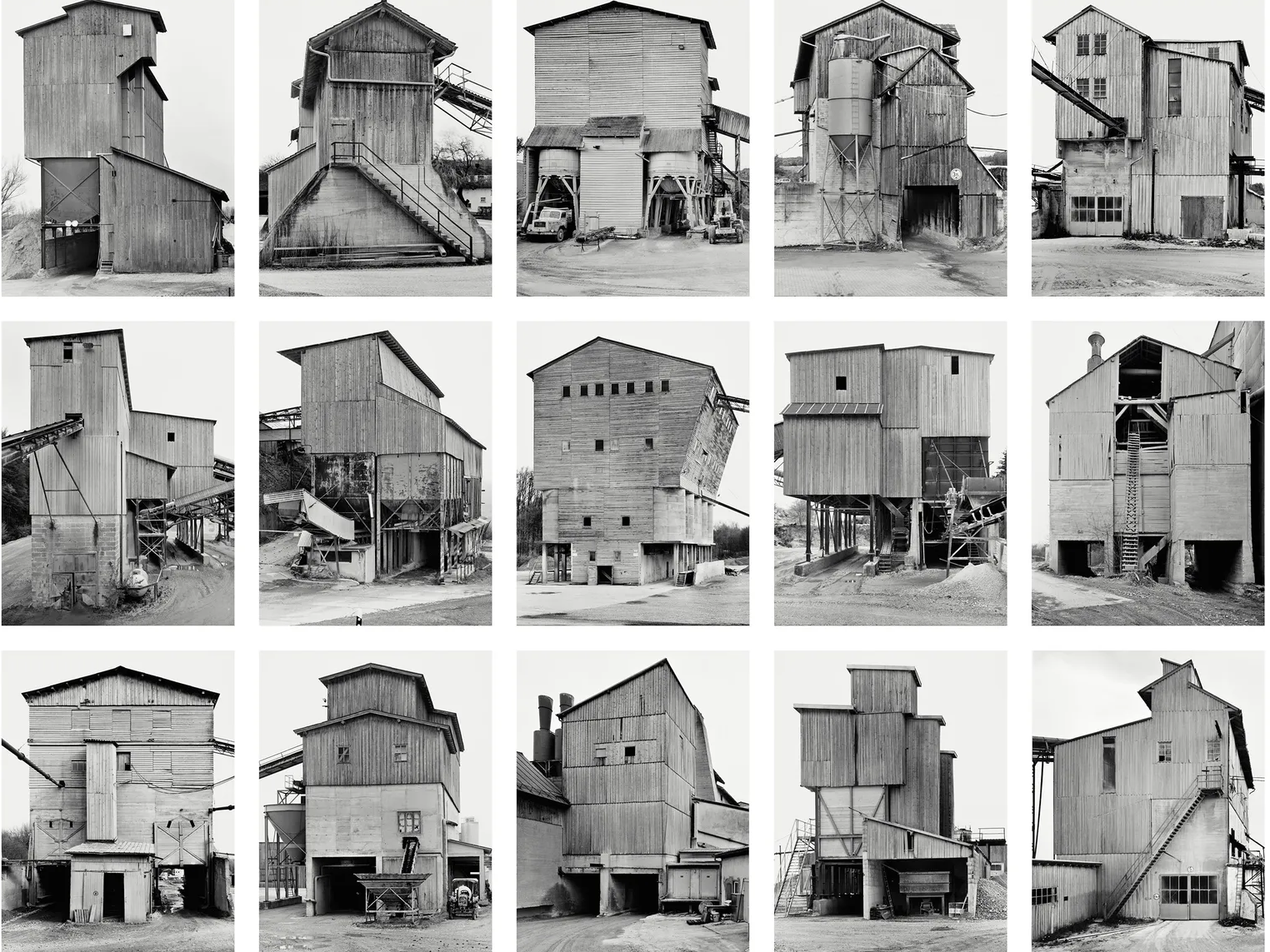
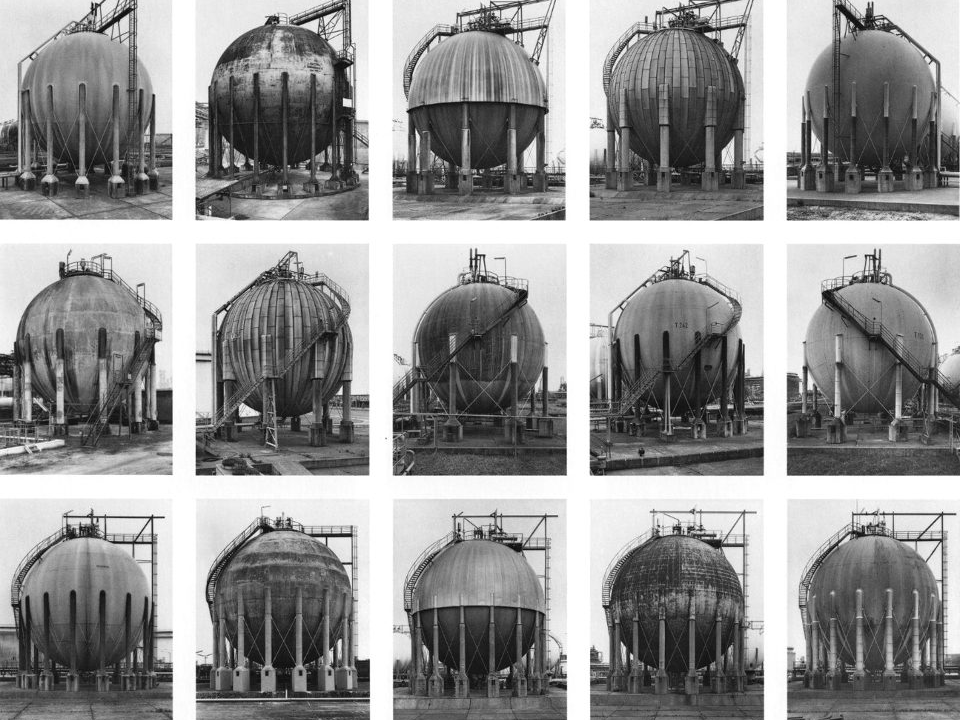
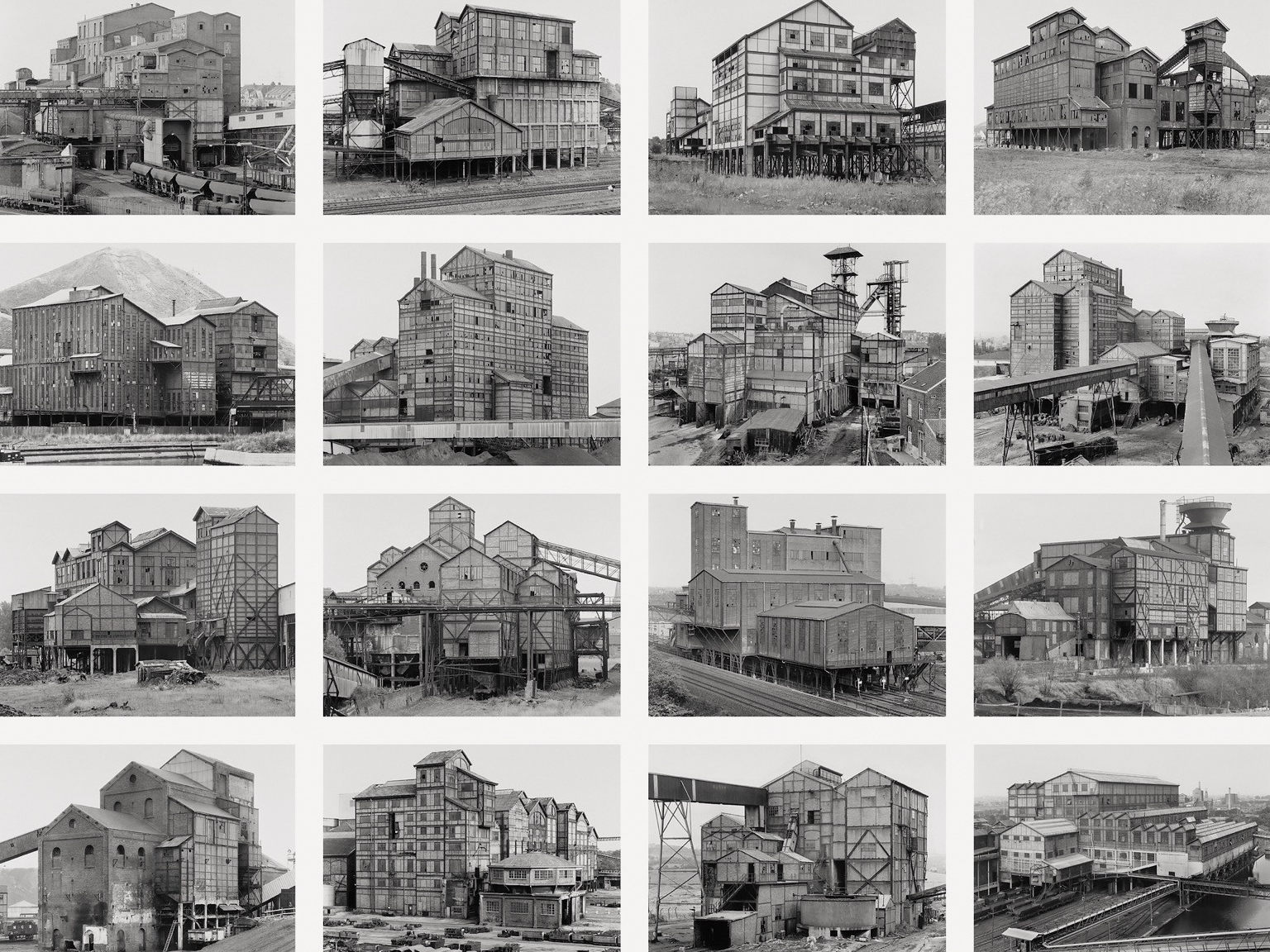
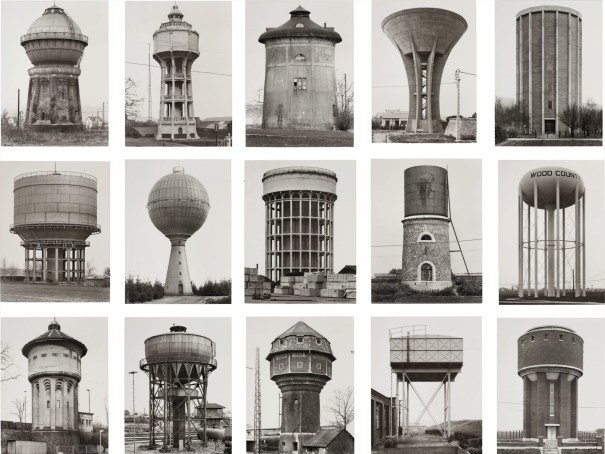
Bernd and Hilla Becher were a German photography duo whose work became synonymous with the New Topographics movement, which emerged in the 1970s. Their methodical and objective approach to documenting industrial structures transformed the perception of landscape photography; emphasising the relationship between human industry and the environment. Bernd Becher and Hilla Becher met at the Kunstakademie Düsseldorf in the late 1950s. Sharing a deep interest in industrial architecture, they embarked on a lifelong project of photographing factories, water towers, coal bunkers and other industrial structures predominantly in Germany but also in other parts of Europe and North America. The Bechers’ approach was rooted in systematic documentation. They employed a strict set of photographic principles including black and white photography, overcast lighting, consistent framing and typologies. This methodology removed personal expression, favouring an objective and scientific representation of industrial landscapes. Their work was heavily influenced by the German tradition of ’Neue Sachlichkeit’ which focused on precise and emotionless documentation. Bernd and Hilla Becher’s meticulous documentation of industrial architecture remains a cornerstone in contemporary photography. Their images serve as historical records of a disappearing industrial era while reshaping the aesthetics of documentary photography. Their work continues to influence artists and architects, reinforcing the significance of industrial structures within cultural heritage and artistic discourse.
Image Analysis
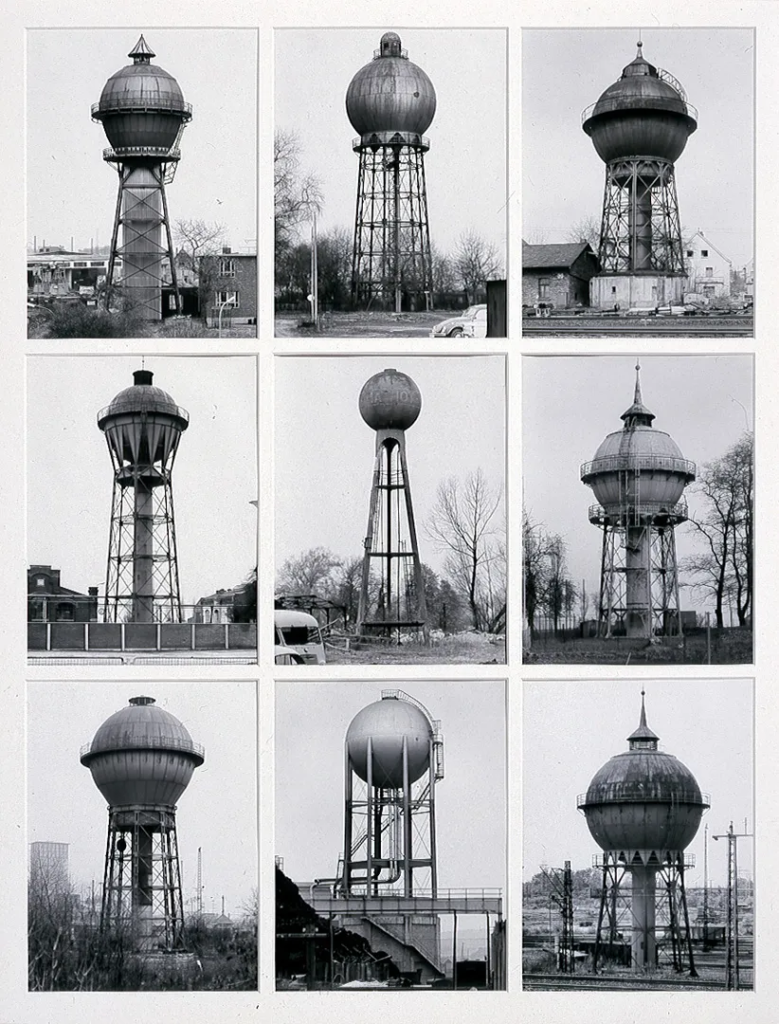
’Water Towers’ are iconic works of industrial photography created by Bernd and Hilla Becher. They used a large format camera in order to achieve high and rich detail in the photos. They employed consistent conditions such as overcast skies, diffused light and frontal angles in order to eliminate shadows and emphasise form. The final image was displayed as gelation silver prints in typologies to highlight repetition and variation. Presented in grids, the water towers’ varied shapes of cylindrical, conical and spherical composition are compared and contrasted. The Bechers’ approach was methodical with structures being centred and the perspectives controlled for a documentary and scientific effect. Being monochrome, the images highlight materiality and texture with metal, concrete and rivets seen to be vividly detailed. Taken mainly in post-war Germany, these images reflect the region’s industrial past and transformation. The Bechers were influenced by August Sander and the New Topographics movement, focusing on unromanticised landscapes. Their works serve as an archive of disappearing industrial architecture, preserving a visual record of working-class history. Their photographs challenges the divide between art and documentation with it positioned at the intersection of documentary photography and conceptual art. The Bechers’ systematic approach emphasizes classification, akin to scientific taxonomy. The images seem objective but invite subjective contemplation about form, function and time. The water towers are monumentalized, appearing as sculptural objects rather than mere utility structures with the Bechers’ work evoking a melancholic sense of loss for a vanishing industrial era. The repetition, seriality and emphasis on idea over individual image align with conceptual art practices.
My Photoshoot
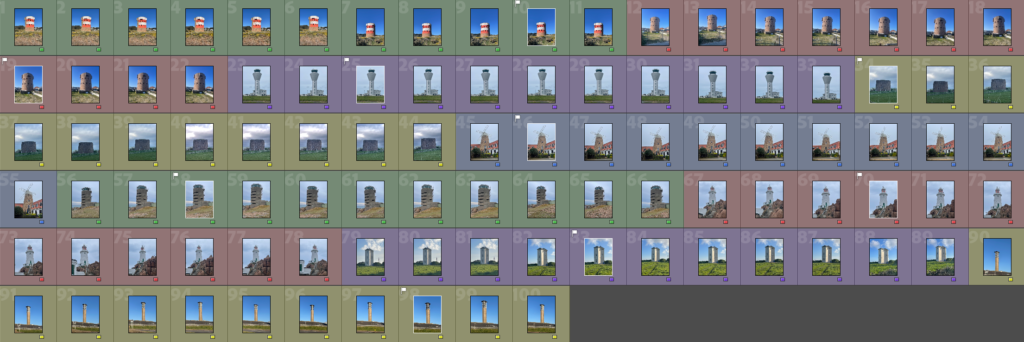
For my photo shoot inspired by the new topographic movement, I decided to explore the land across Jersey and photograph multiple towers and structures associated with the island. I photographed a wide spectrum of buildings in terms of their heritage and relationship to the island. Something like Beaumont Tower is a good example of this with 30 alike coastal towers being constructed in 1778 and later being adopted by Germans during World War II. On the other hand, other pictures feature a modern airport control tower which can be seen as an embodiment of the industrial environment; highlighting the passage of time and evolution of buildings in relation to their surroundings. These images all feature Jersey landmarks as the subject due to my own personal connection with Jersey as an island. Because the new topographic movement presents a raw and authentic approach to photography, all my photos were taken with the building central and at a straight perspective to present while allowing for my photographs to fit together as a typology more effectively; this also aligns with successful techniques of the Bechers’ work.
Subjects
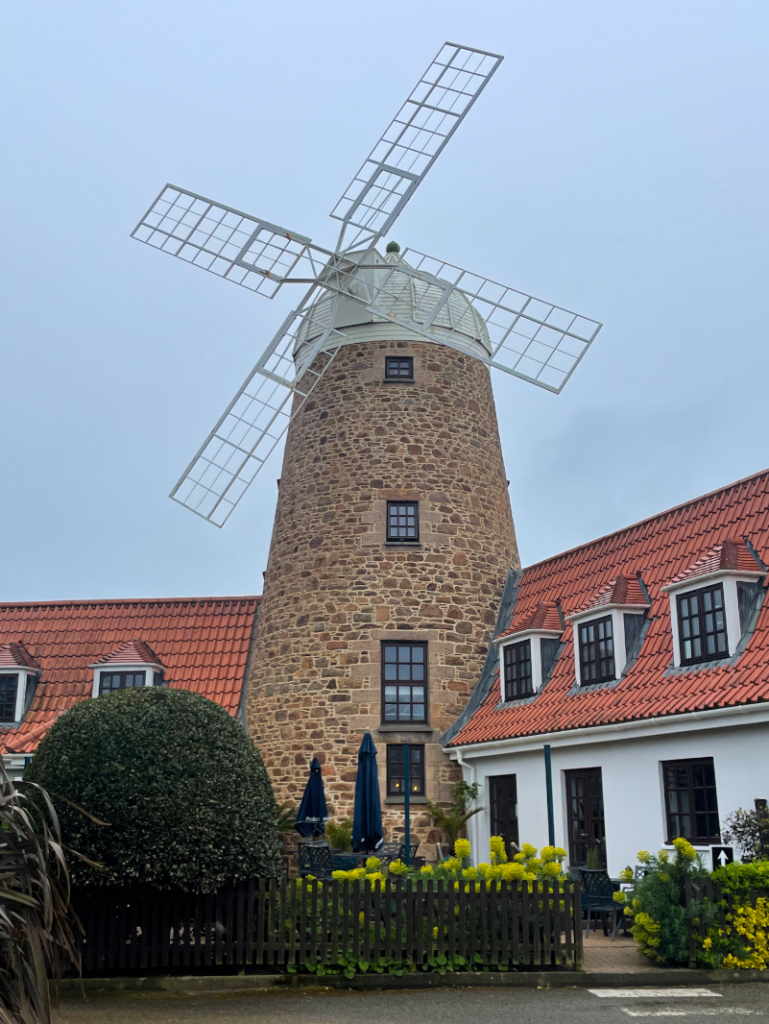
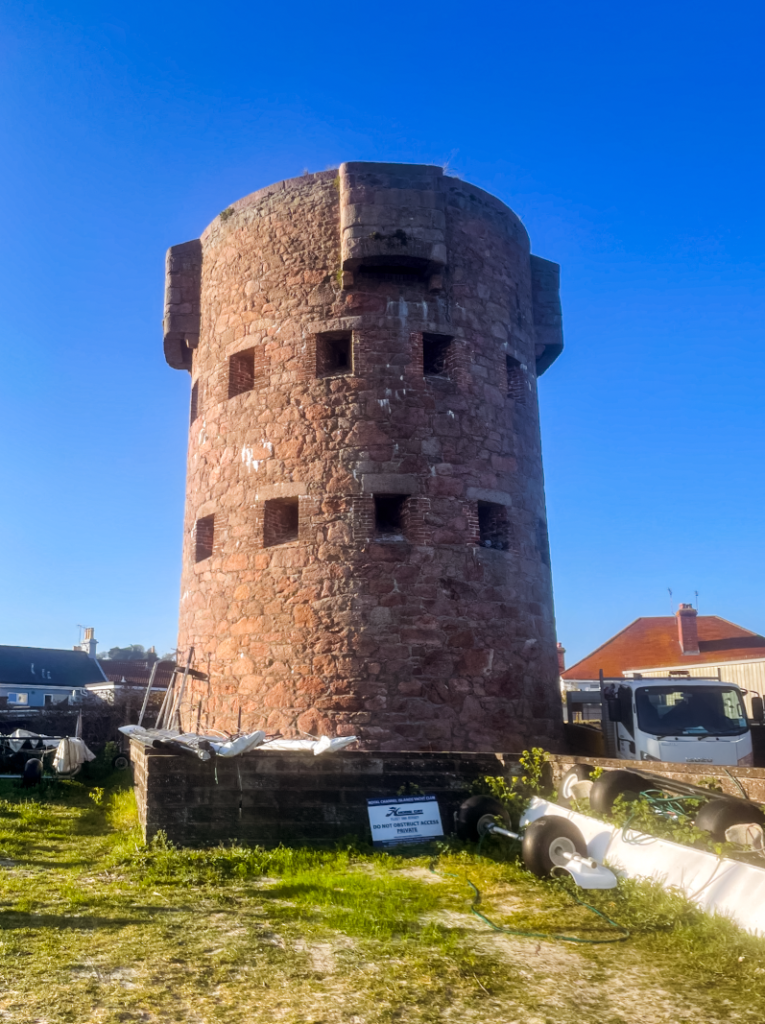
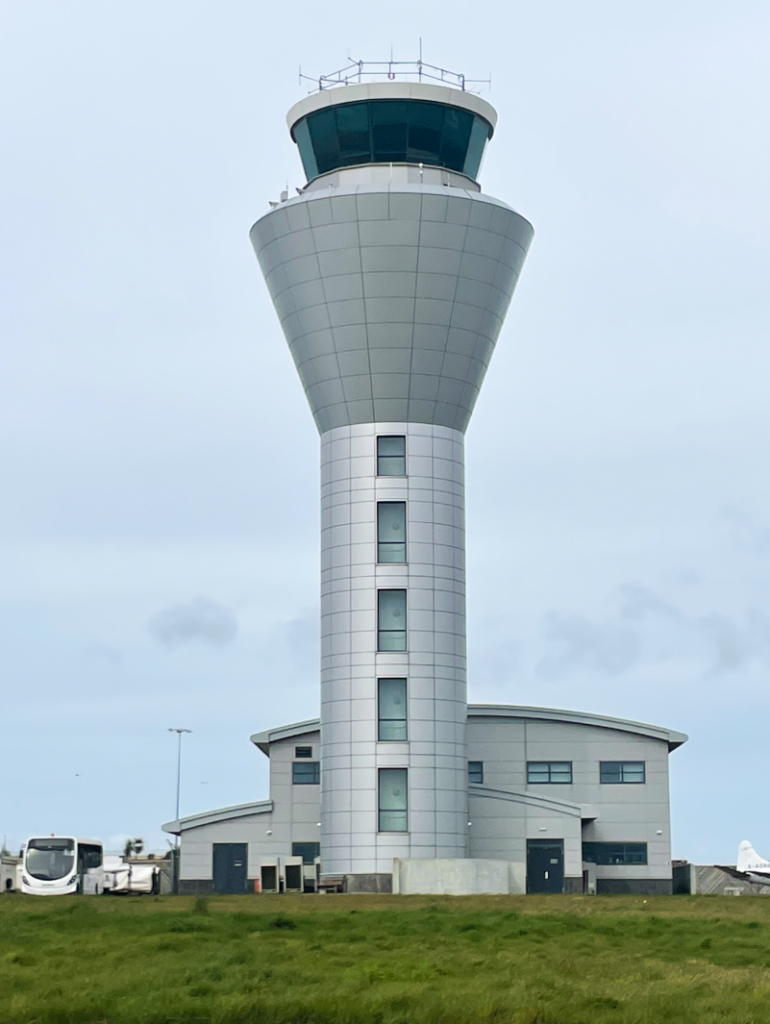
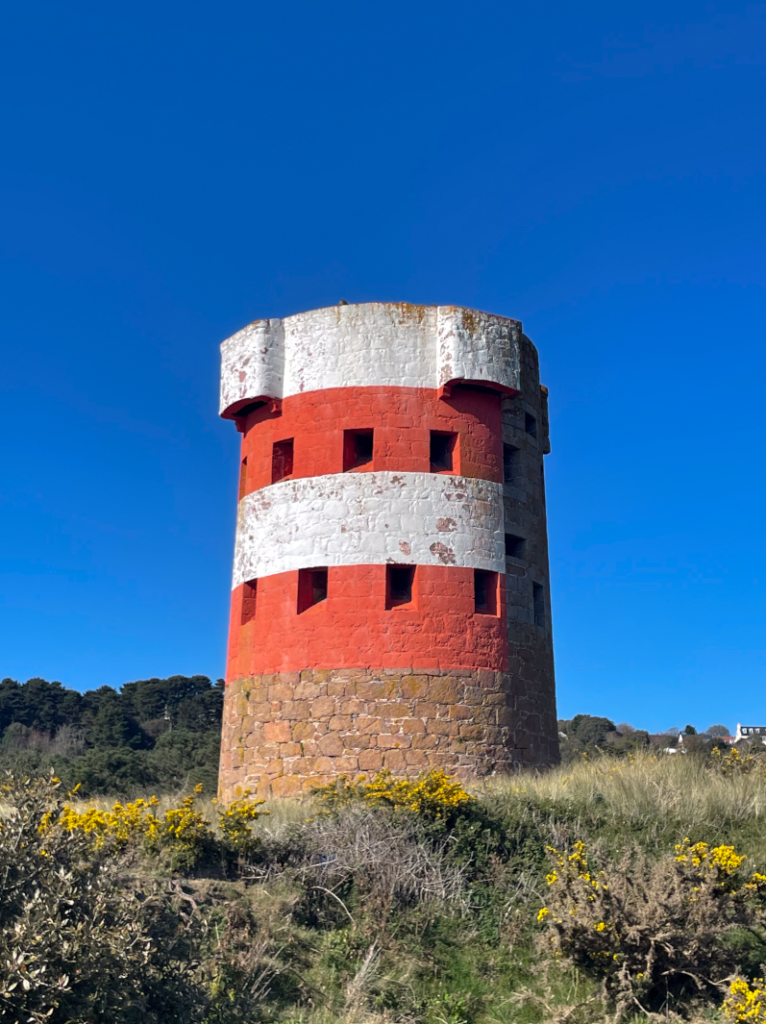
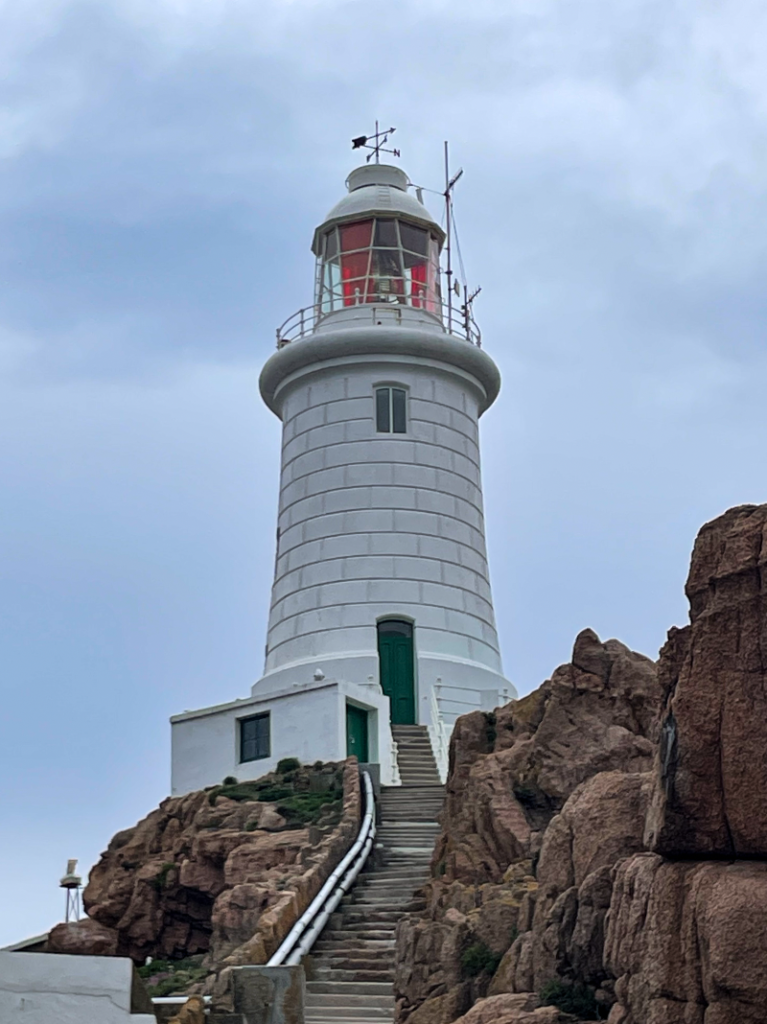
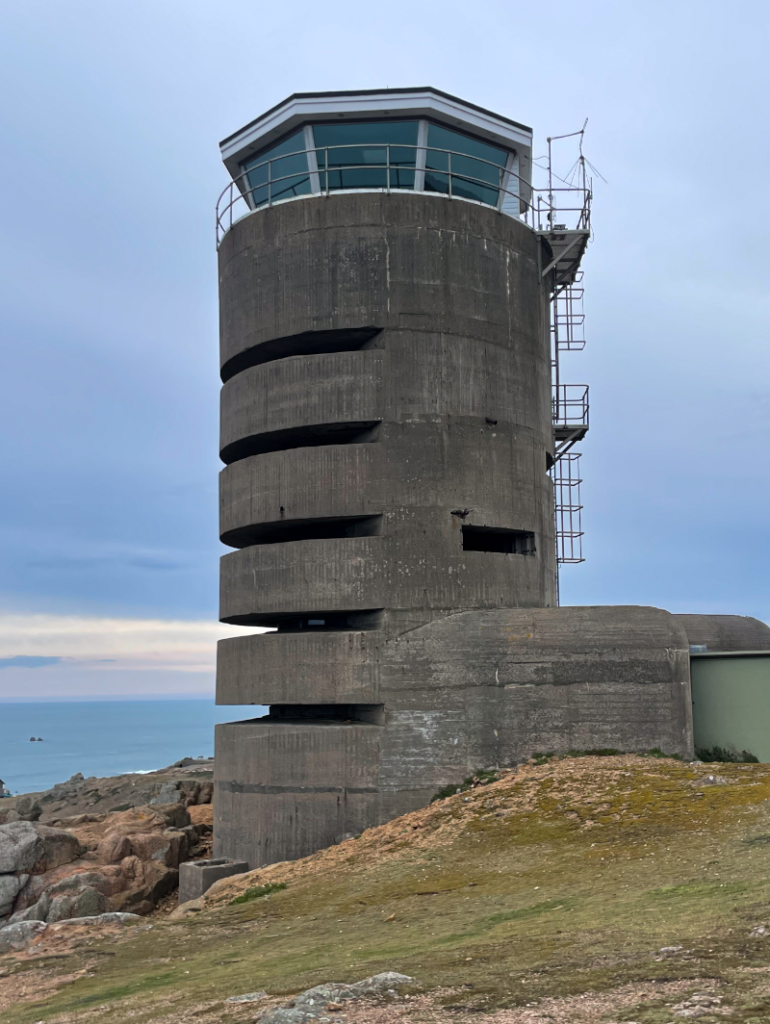
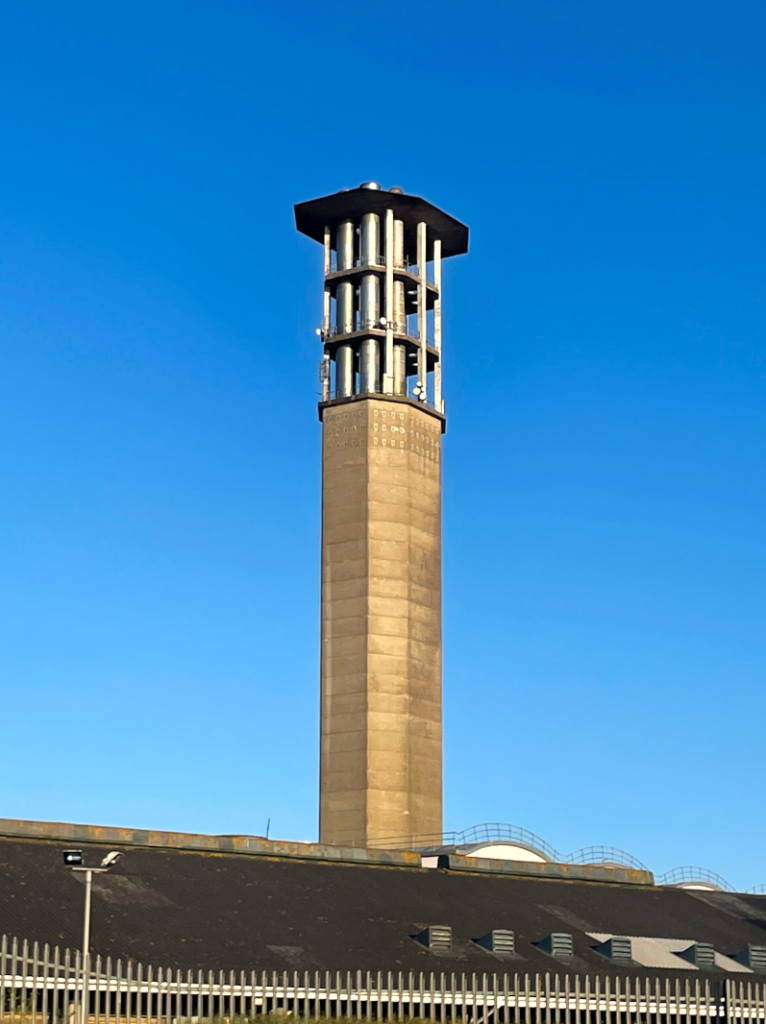
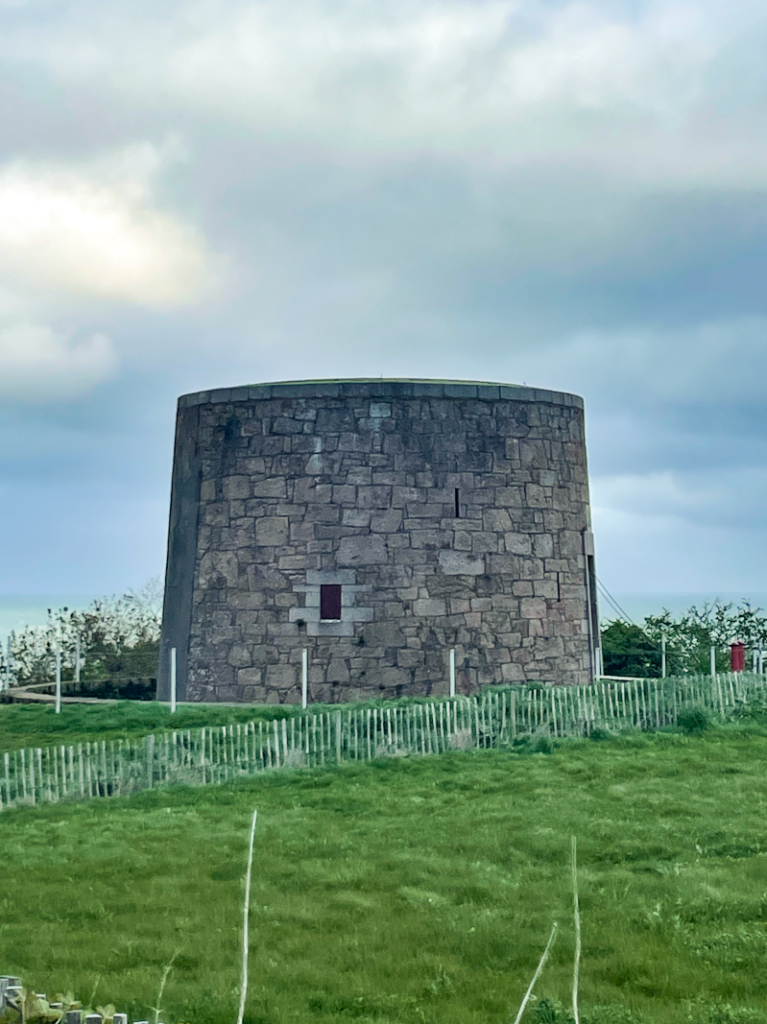
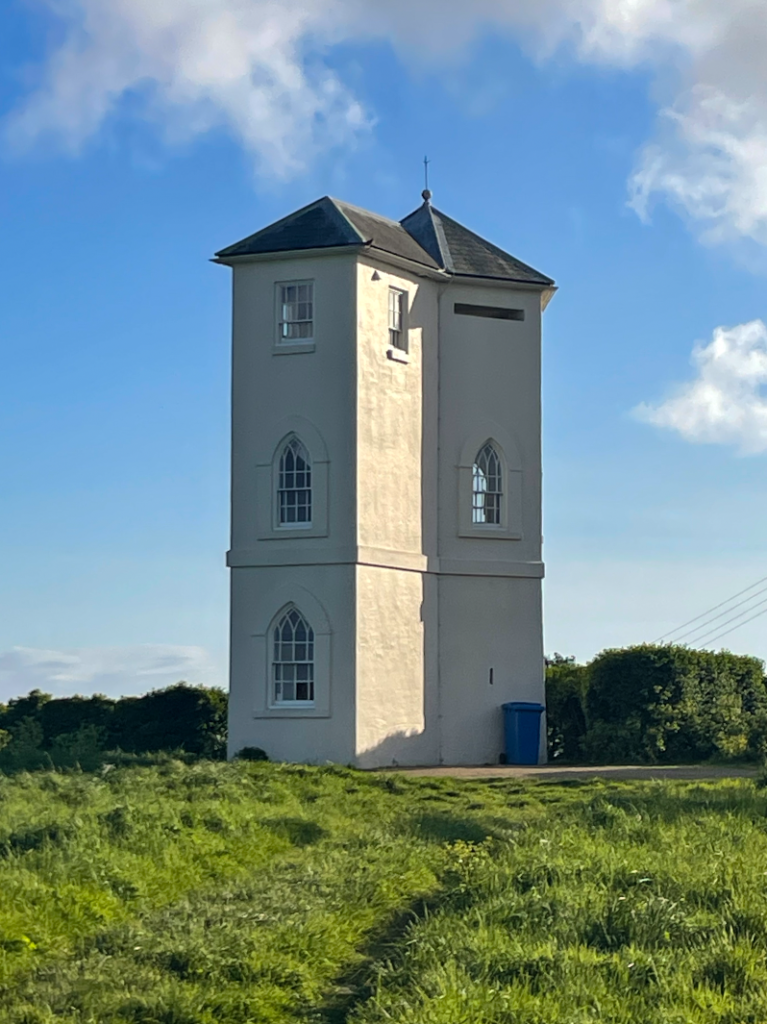
Edits and Layout
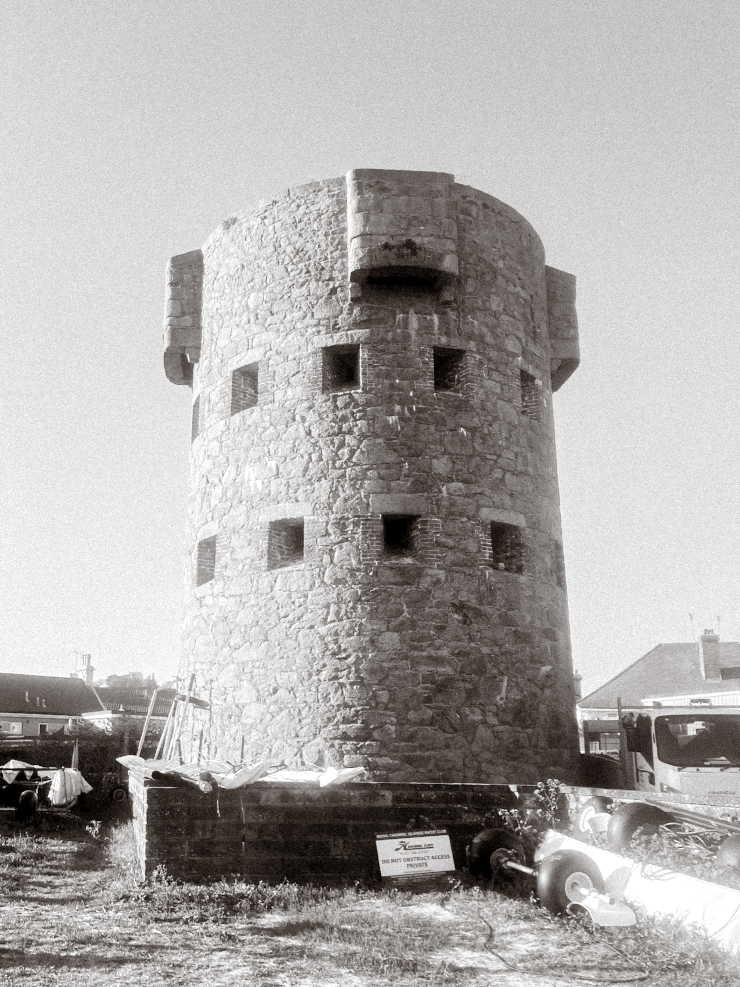
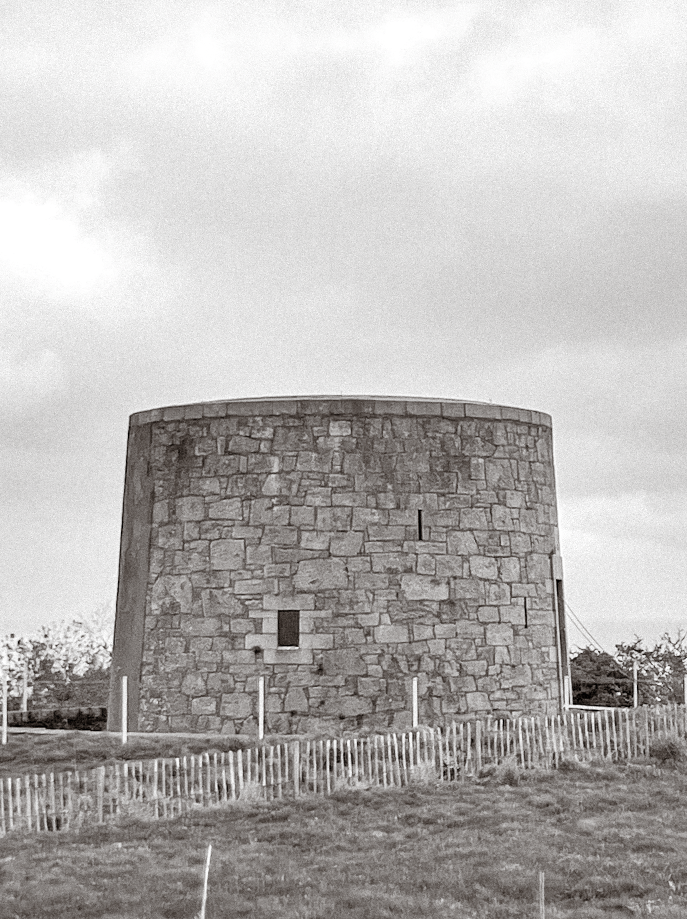
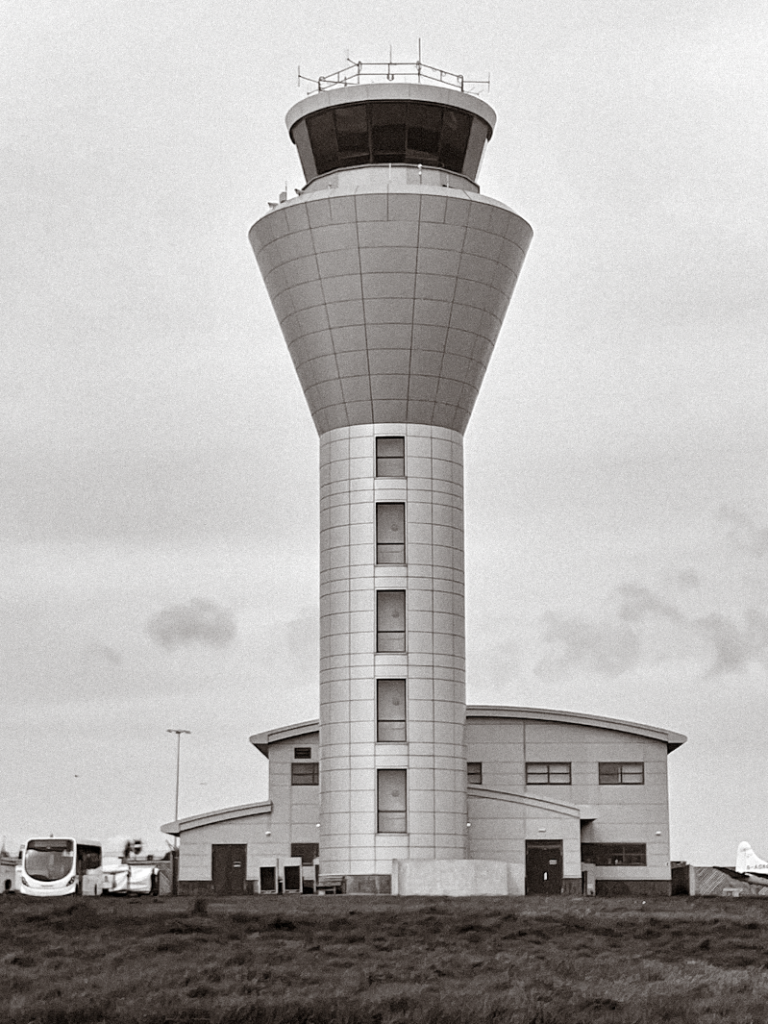
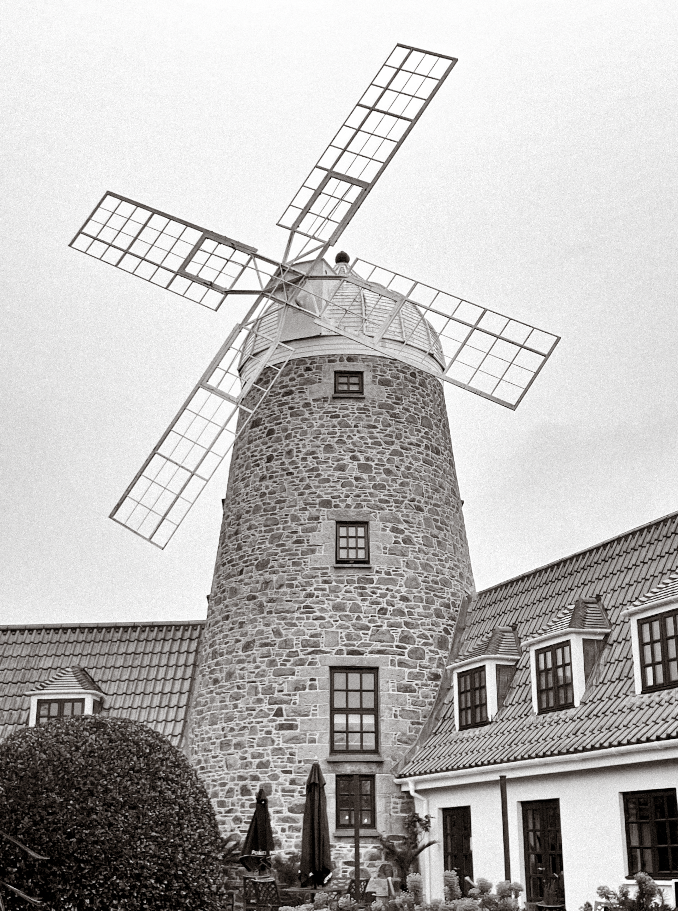
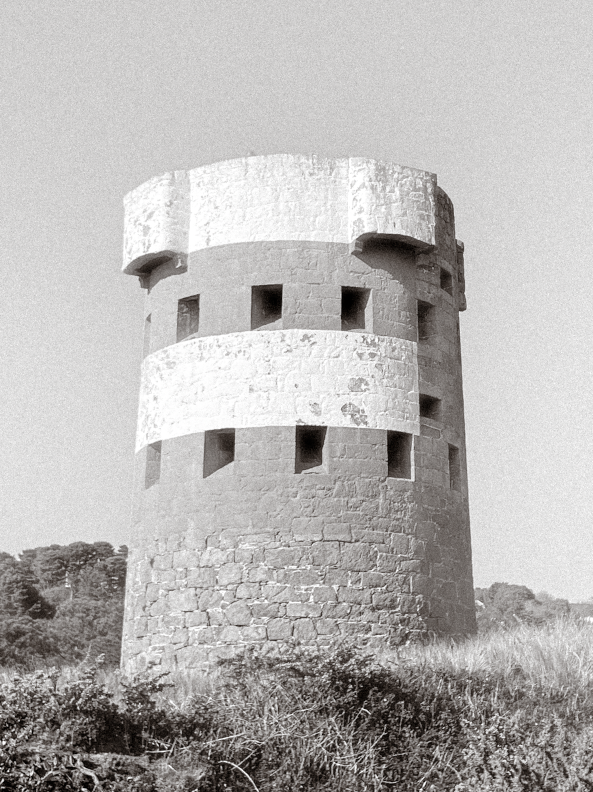

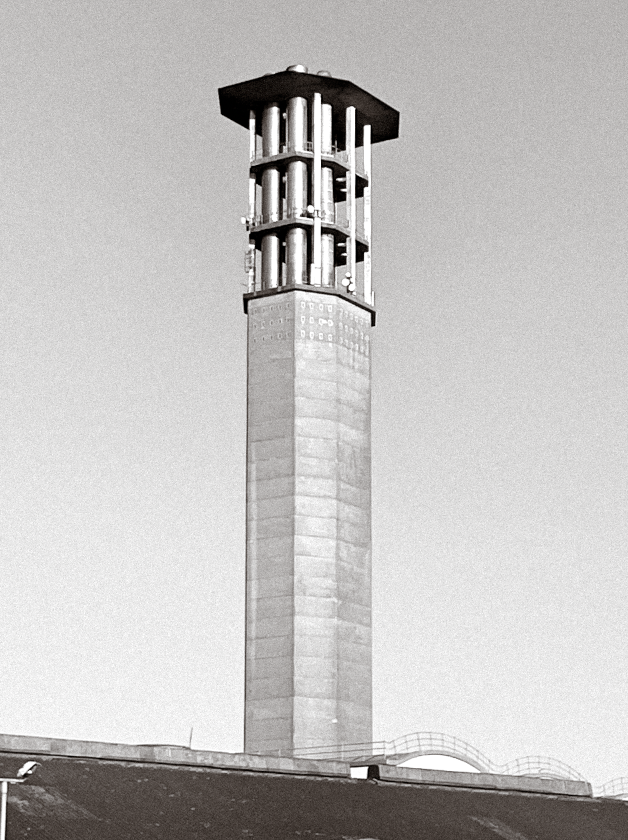
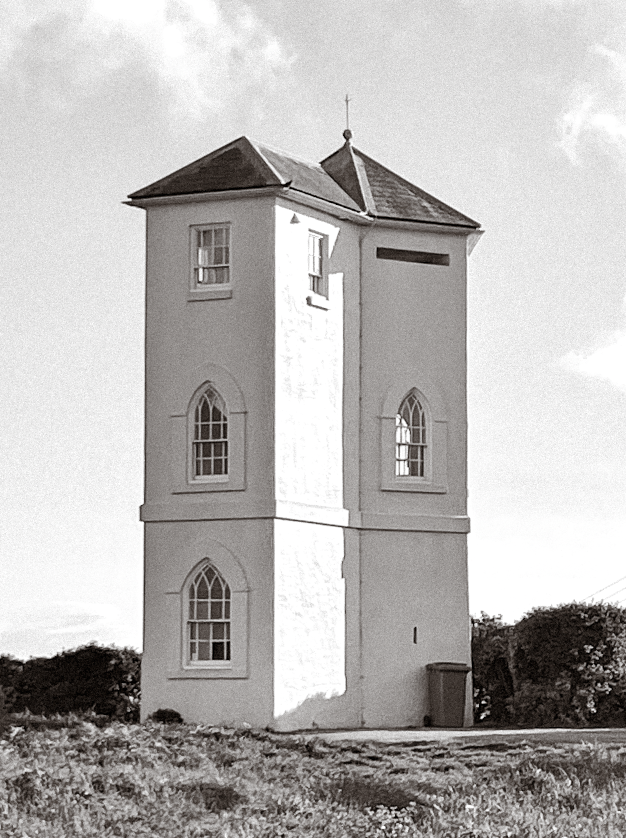
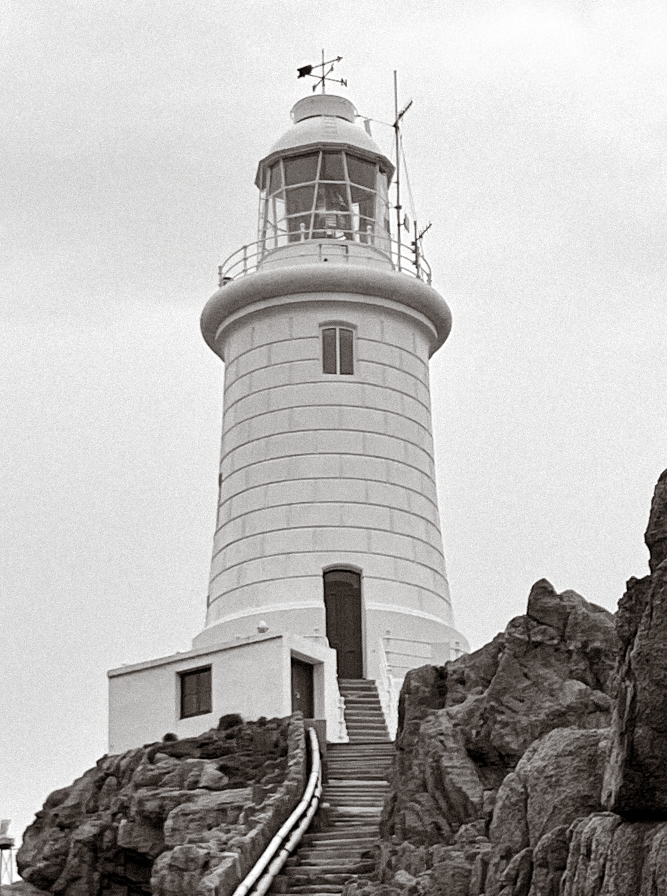
In first stage of editing, I ensured that my selected images were all at the same distance in terms of the subject’s relationship to their background. Because I took my pictures in daylight, they were all well exposed but had slightly different lighting. I decided to edit the photos into monochrome to counter this and help them fit together as a collection while also adhering to the deadpan aesthetic of the new topographics; making them further sterile. I also added a subtle sepia tone to my photos to give them a vintage-like effect; mirroring the ancient qualities of some of the subjects. With these pictures now uniform, I discovered that I needed to tweak lighting and exposure especially in the foreground of my images; using a gamma correction tool to lighten up the backgrounds and help bring detail back into my pictures which was previously lost due to the lack on contrast in greyscale. To finalise my composition, I formatted these images in a grid; creating a typology of my photographs and the Jersey structures. This further highlights the differences and similarities between the picture’s subjects. Displaying these images as a collection helps to overall create a more visually effective composition, giving viewers plenty to consider and think about in terms of response.

Lots of good work throughout this project, but some slightly unfinished elements too.
Please review, refine and complete for an improved re-mark !